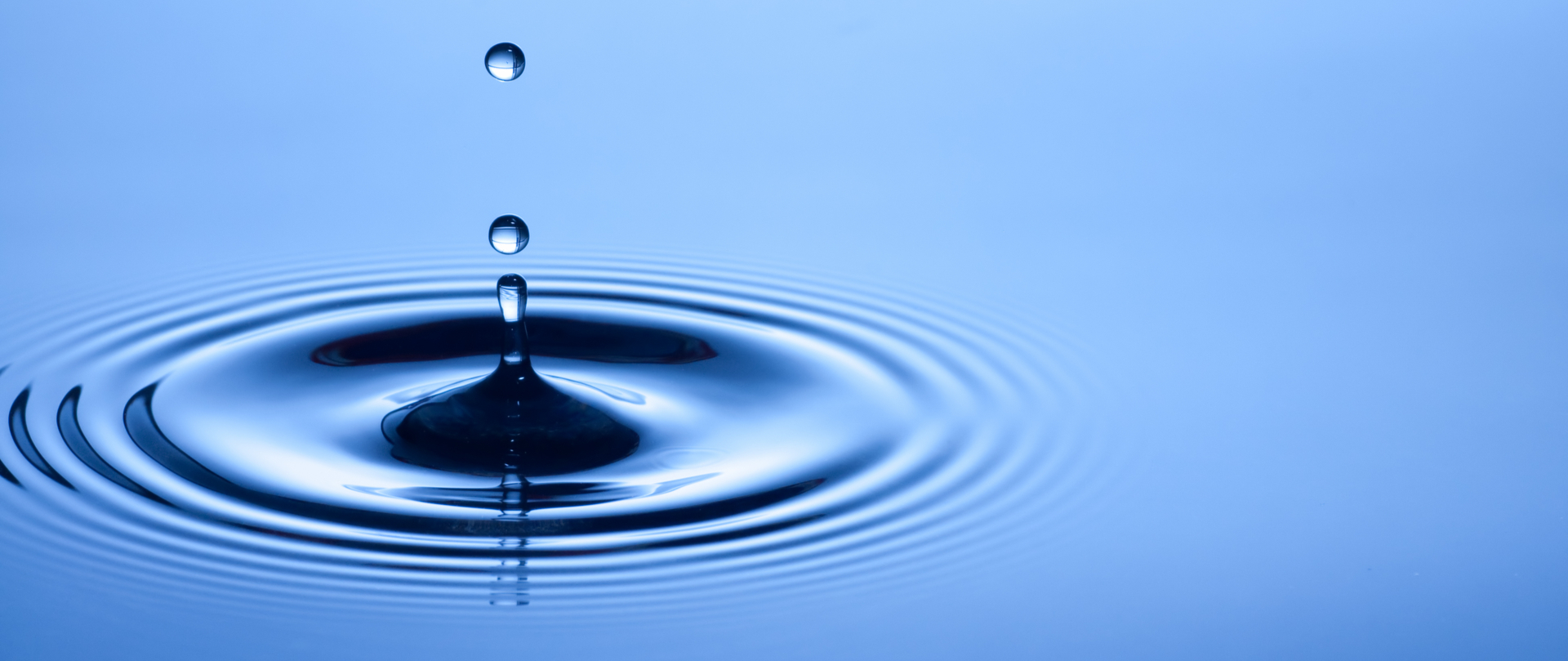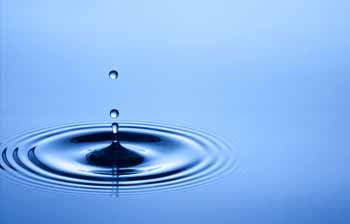Commercial Water Treatment
Commercial water purification systems are frequently used within the healthcare, hospitality, manufacturing and education sectors, as well as other organizations that require improved water quality due to their high usage.
Within these industries, water purification is used to treat large volumes of water at high rates. The level of water treatment in a system mostly depends on the desired purity level needed for the water. But, what does commercial water treatment entail?
This article will explore the stages of commercial water treatment and the benefits of industries using it.
Water treatment stages
Coagulation
This is the first step in commercial water treatment. During this stage, chemicals with a positive charge are added to the water.
Because of the positively charged chemicals, the dirt and other dissolved particles in the water are neutralized. The particles then bind with the chemicals, forming larger particles. The most common chemicals which are used during the coagulation stage are certain types of salts, aluminum or iron.
Flocculation
The next step is flocculation, which involves gently mixing the water to form flocs – these are heavier, bigger particles. On some occasions, water treatment plants are used in this process to aid the formation of flocs.
Sedimentation
Since flocs are heavier than water particles, they settle at the bottom of the water. In this phase, water treatment plants are used to separate these solids (flocs) from the water.
Filtration
During this stage, the flocs and the water are separated through filtering – where the clear water passes through filters with various pore sizes and materials. These filters are what remove all the germs and particles within the water, such as parasites, dust, chemicals and bacteria. In addition to this, activated carbon filters also remove any odors.
Ultrafiltration is another process which can be used for water treatment in addition to the traditional method. This process involves the water going through a filter membrane with very tiny pores, only letting through water and other small molecules.

Advantages of water treatment
Implementing a commercial water treatment system within your organization can have many benefits. Some of them include:
- Providing clean and reusable water. Throwing away wastewater is harmful to the environment, so any water that cannot be used for consumption should still be treated so that it doesn’t affect nature.
- Keeping diseases away. Impure water can be the source of many diseases, so purifying water will prevent any viruses from wastewater or blackwater from spreading disease-causing bacteria that will harm animals and plants.
- Improving efficiency. With a water treatment system in place, you can make your business more efficient and decrease your operating costs.
- Minimizing waste. The chemically-treated water cleans and removes any wastewater in an environmentally-friendly manner.
- By-product recovery. For industrial processes which use a lot of water, there is typically a large amount of by-product left in the wastewater streams. With water treatment, you could find residual materials that would have been put to waste.
Why monitor and analyze the water I produce?
Purifying the water used within your organization reduces waste, it’s more efficient and helps the environment.
What benefits will I get?
With a water treatment system, you can decrease your operating costs and find residual materials which could be utilized.


